Mohandas Karamchand Gandhi was an Indian activist who was the leader of the Indian independence movement against British rule. Employing nonviolent civil disobedience, Gandhi led India to independence and inspired movements for civil rights and freedom across the world. Take a look below for 30 more fascinating and interesting facts about Mahatma Gandhi.
1. Born and raised in a Hindu merchant caste family in coastal Gujarat, India, and trained in law at the Inner Temple, London, Gandhi first employed nonviolent civil disobedience as an expatriate lawyer in South Africa, in the resident Indian community’s struggle for civil rights.
2. After his return to Indian in 1915, he set about organizing peasants, farmers, and urban laborers to protest against excessive land-tax and discrimination.
3. Assuming leadership of the Indian National Congress in 1921, Gandhi led nationwide campaigns for various social causes and for achieving Swaraj or self-rule.
4. Gandhi famously led Indians in challenging the British-imposed salt tax with the 400 kilometers, or 250 mile, Dandi Salt March in 1930, and later in calling for the British to Quit India in 1942.
5. He was imprisoned for many years, upon many occasions, in both South Africa and India.
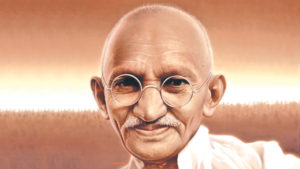
6. Gandhi lived modestly in a self-sufficient residential community and wore the traditional Indian dhoti and shawl, woven with yarn hand-spun on a charkha.
7. He ate simple vegetarian food, and also undertook long fasts as a means of both self-purification and political protest.
8. Gandhi’s vision of an independent India based on religious pluralism was challenged in the early 1940s by a new Muslim nationalism which was demanding a separate Muslim homeland carved out of India.
9. Gandhi’s birthday, October 2, is commemorated in India as Gandhi Jayanti, a national holiday, and worldwide as the International Day of Nonviolence.
10. Mahatma Gandhi was born as Mohandas Karamchand Gandhi. The honorific title Mahatma, or Great Soul, was given to him in 1914.
11. Gandhi is often called Bapu in India, a term of endearment that means “father.”
12. Gandhi fought for much more than independence. His causes included civil rights for women, the abolition of the caste system, and the fair treatment of all people regardless of religion.
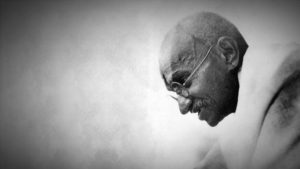
13. He demanded fair treatment for the untouchables, India’s lowest caste, and he underwent several fasts to support the cause. He called the untouchables harijans, which means “children of God.”
14. He ate fruit, nuts and seeds for five years but switched back to strict vegetarianism after suffering health problems.
15. Gandhi took an early vow to avoid milk products, however, after his health began to decline, he relented and started drinking goat’s milk. He sometimes traveled with his goat to ensure that the milk was fresh and that he wasn’t given cow or buffalo milk.
16. Government nutritionists were called in to explain how Gandhi could go 21 days without food.
17. No official photos of Gandhi were allowed while Gandhi was fasting, for fear of further fueling the push for independence.
18. Gandhi was actually a philosophical anarchist and wanted no established government in India. He felt that if everyone adopted nonviolence, they could be self-governing.
19. Gandhi’s most outspoken political critic was Winston Churchill.
20. Gandhi and his wife had their first child when he was 15 years old. The child died a few days later, but the couple did have four sons before he took a vow of celibacy.
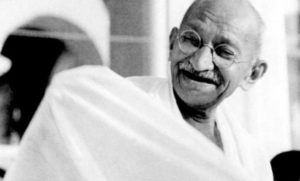
21. Despite being famous for nonviolence and the Indian independence movement, Gandhi actually recruited Indians to fight for Britain during World War I. He opposed India’s involvement in World War II.
22. His wife died in prison in 1944. He was also in prison at the time of her death. Gandhi was released from prison only because he contracted malaria, and British officials feared an uprising if he, too, died while in prison.
23. Gandhi’s image has appeared on all denominations of Indian rupees printed since 1996.
24. He denounced Gandhism and didn’t want to create a cultlike following. He also conceded that he had, “nothing new to teach the world. Truth and nonviolence are as old as the hills.”
25. Gandhi was assassinated by a fellow Hindu on January 30, 1948, who shot him three times at point blank range. More than two million people attended Gandhi’s funeral. The epitaph on his memorial in New Delhi reads “Oh God”, which are purported to be his last words.
26. An urn that once contained Mahatma Gandhi’s ashes is now at a shrine in Los Angeles.
27. Gandhi spoke English with a tinge of an Irish accent because one of his first English teachers was Irish.
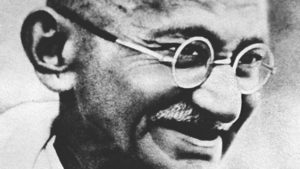
28. During his movement, he used to talk around 18 kilometers every day, nearly for 40 years. During his campaign from 1913 to 1938, he walked around 79,000 kilometers, which is equivalent to encompassing the Earth twice.
29. He experimented with smoking with his elder brother, but he soon quit smoking, finding it distasteful. Then, he experimented with meat-eating with a Muslim friend as he was convinced that the English were able to rule India because they ate meat.
30. During his early days in South Africa, he served voluntarily in the British Army in the Zulu War for medical ill, as the stretcher bearer in the Boer-War.

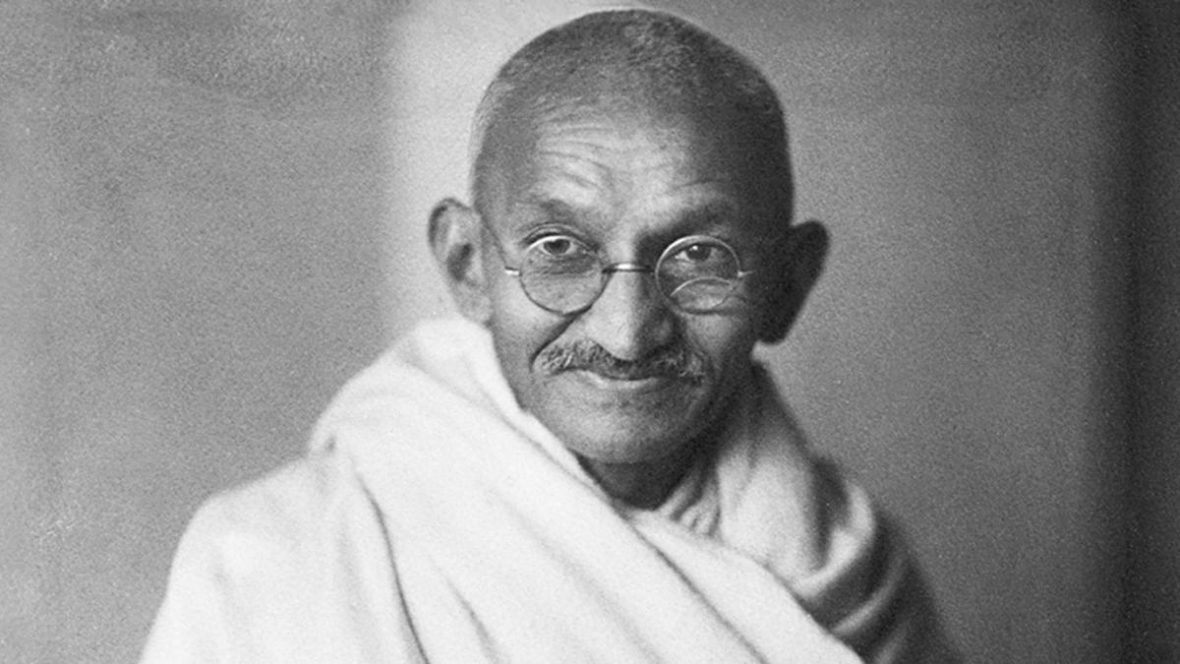
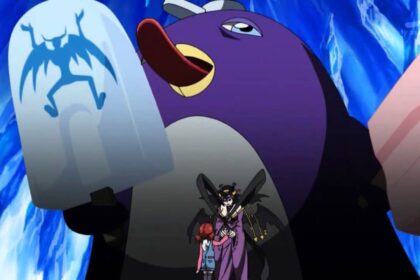
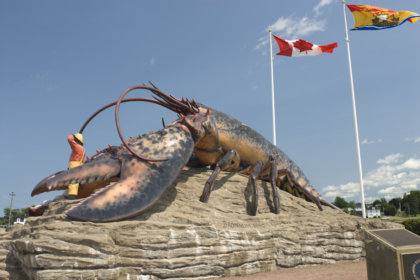

One Comment
Pingback:
June 5, 2018 at 11:18 am